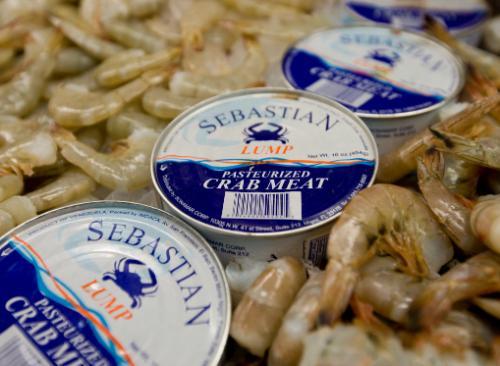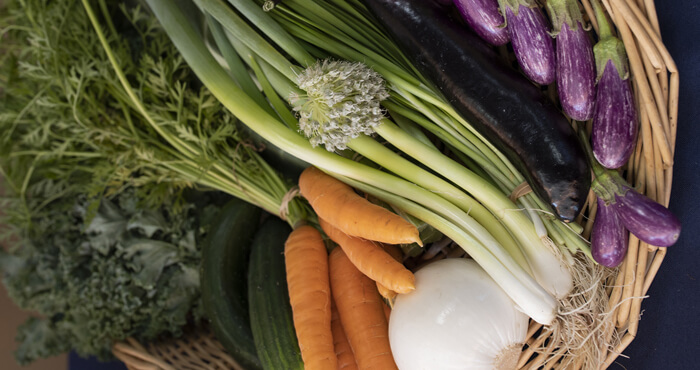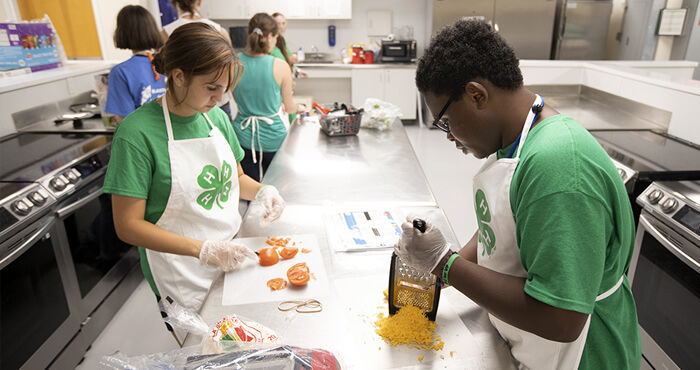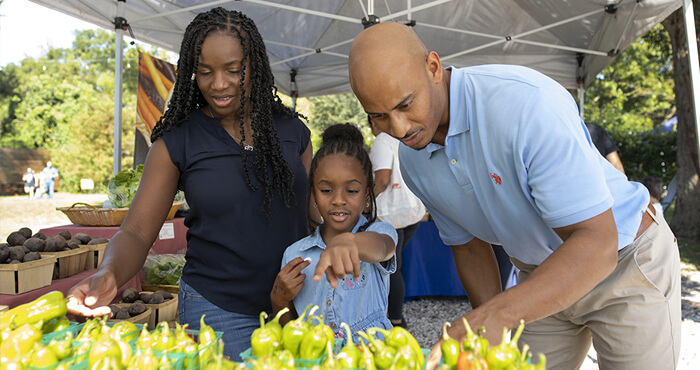
Florida's Stone Crab Fishery Regulations
Florida provides 99 percent of all stone crab landings in the United States, making it one of the state’s most valuable commercial fisheries.
There are two species of stone crabs harvested in Florida, the Gulf Shore Stone Crab and the Florida Stone Crab. Stone crabs are known for their powerful claws, which account for more than half of the crab’s total weight. These crabs use their two claws—a crushing claw and a tearing claw—to eat and defend themselves.
Unlike other fisheries, the claws are also the only parts of the crab harvested—live stone crabs must be returned to the water where they can regenerate new claws. Other regulations also must be followed when harvesting stone crab claws.

Commercial Regulations
- Required licenses include the Saltwater Products License, Restricted Species Endorsement, and the Stone Crab Endorsement.
- Harvested claws must be at least 2¾ inches (70 mm). While both claws can be harvested if they meet the size requirement, leaving one claw gives the stone crab a greater chance of survival.
- Trap specifications include the following: Traps must have valid certificates and tags, can’t be larger than 2 feet by 2 feet by 2 feet (a volume of 8 cubic feet), and must be made from plastic, wood, or wire.
- Traps can be placed in water no more than 10 days before the start of open season, which is known as the “soak season.” These traps must be removed within five days after the season ends.
- It’s illegal to harvest female stone crabs with eggs.
Recreational Regulations
- Anyone harvesting stone crabs recreationally must have a Florida recreational fishing license.
- Claw size requirements for commercial harvest also apply to recreational harvest.
- Recreationally harvesting female crabs with eggs is prohibited.
- There’s a five trap maximum for each harvester. Each trap must have a permanently affixed “R” (to indicate recreational) on the buoy along with the harvester’s name and address.
- Devices that can puncture or injure the crab body are illegal.
- The daily bag limit is two gallons of claws per vessel and one gallon of claws per person, whichver is less.
Both commercial and recreational stone crab harvest season begins on October 15 and lasts until May 15 each year.
For more information about stone crab harvesting and associated regulations, visit the Florida Fish and Wildlife Conservation Commission website. FWC manages the state’s stone crab fishery.
Adapted and excerpted from:
B. Fluech and L. Krimsky, Florida’s Stone Crab Fishery: A Recipe for Success, UF/IFAS Extension (Accessed 10/2014).
“Commercial Regulations for Stone Crab,” FWC (Accessed 10/2014).
Sustainability And Conservation
RESOURCES
Hot Topics
UF/IFAS Publications
UF/IFAS Sites
Other Sites & Publications





.jpg)

.jpg)